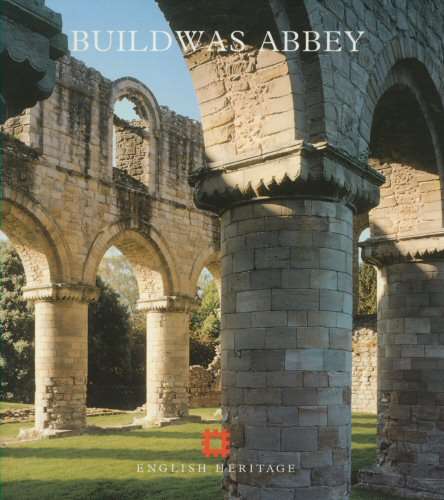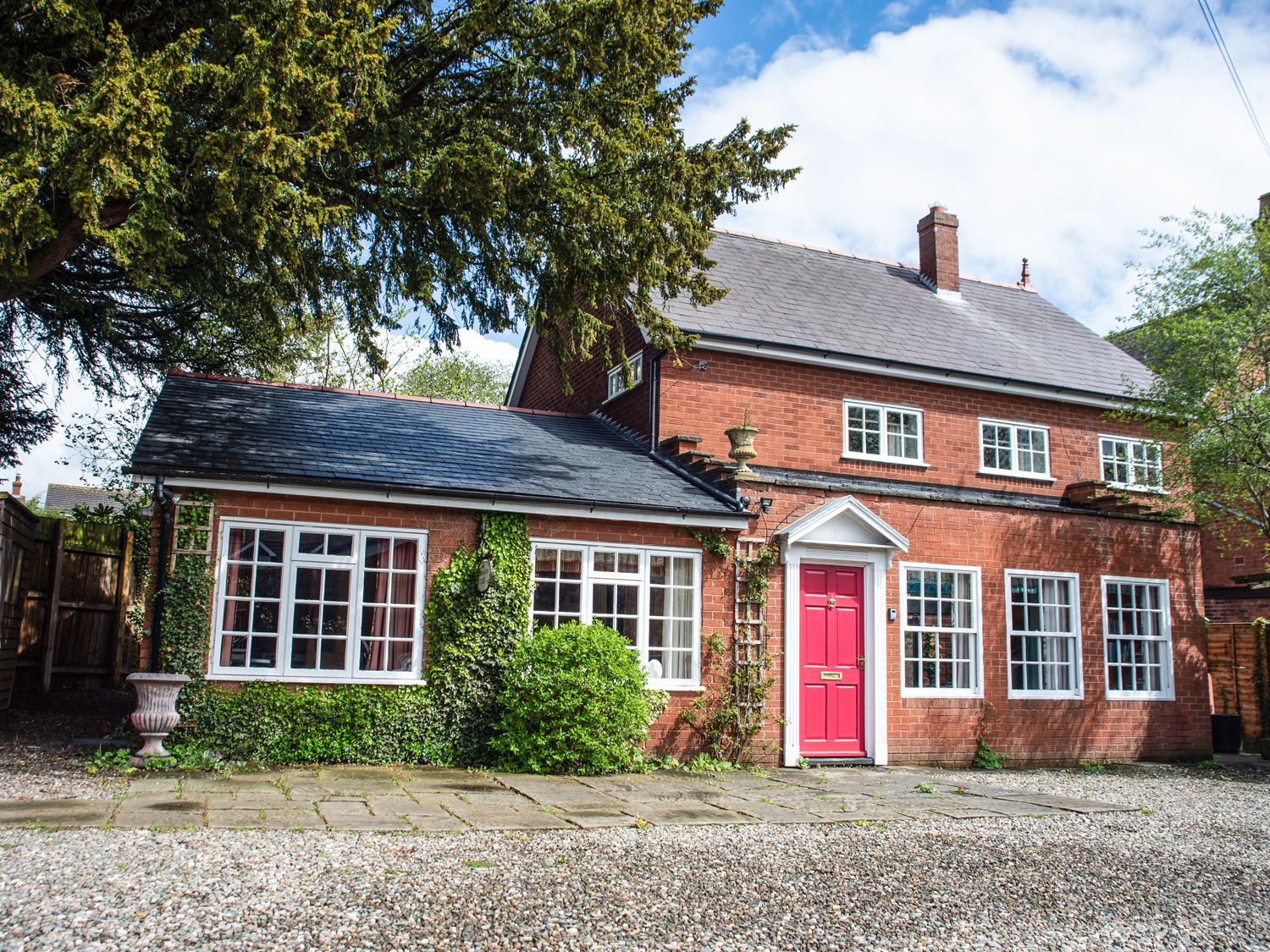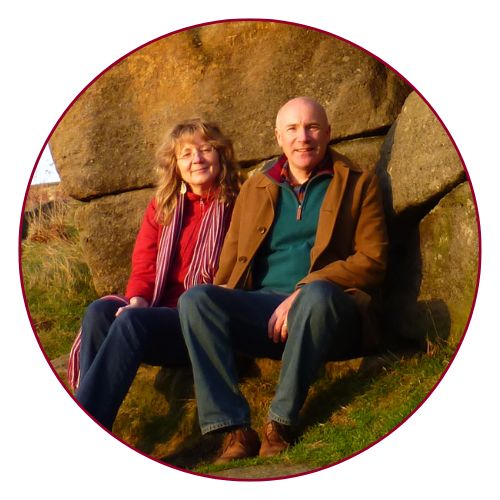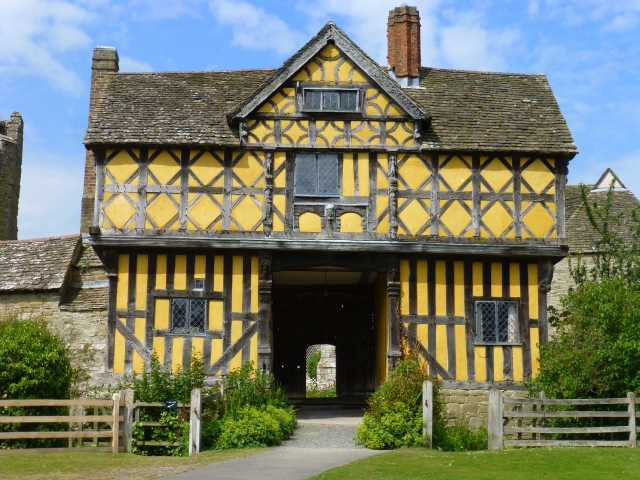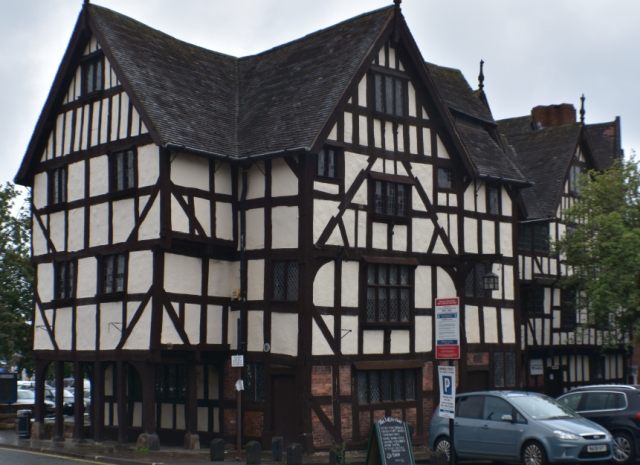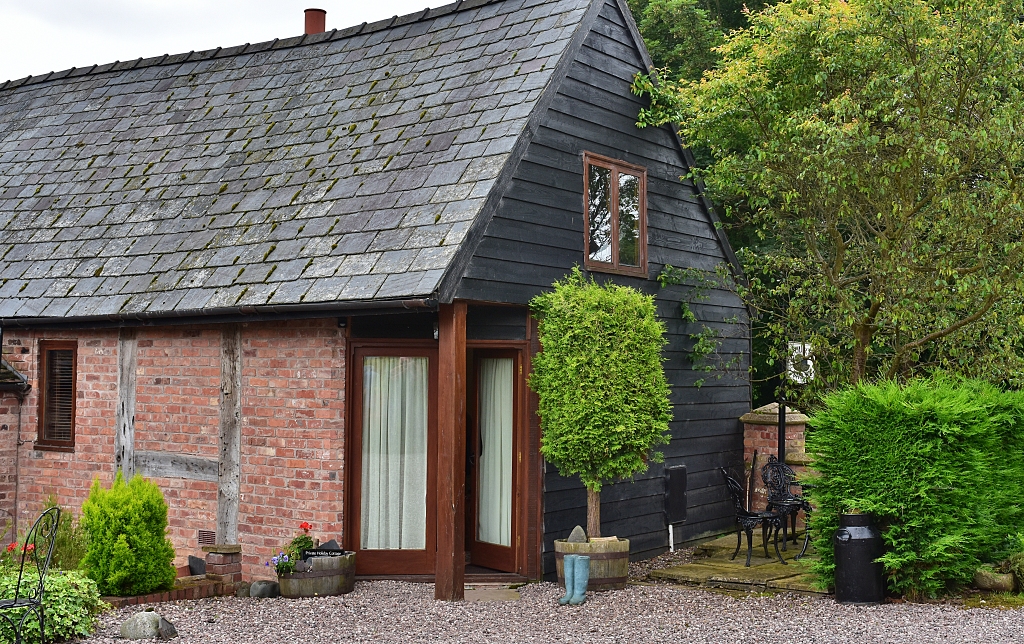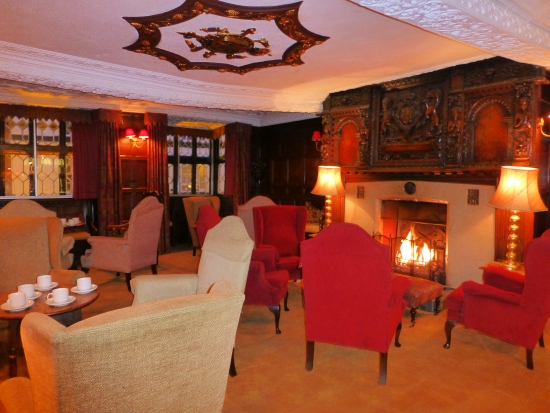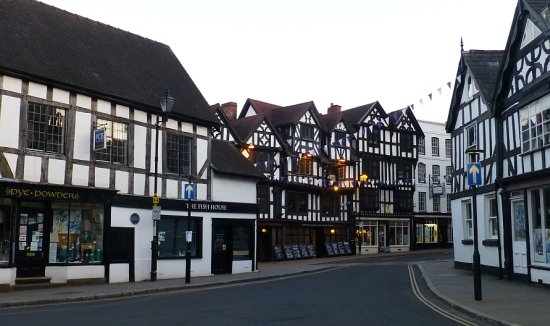Buildwas Abbey
Buildwas Abbey lies about 15 miles west of Shrewsbury on the wooded, terraced banks of the River Severn. Since the skies were grey and dripped intermittently, we had this impressive site to ourselves. The peace and quiet made our visit really special.
In the summer of 1135, Roger de Clinton, Bishop of Coventry, brought a small group of monks from the Norman abbey of Savigny to Buildwas to settle the area. Some twelve years later, Buildwas Abbey joined the Cistercian monastic family. As the abbey grew more prosperous, new buildings were constructed, and the striking abbey church that we see today was built somewhere between 1150-90.
Exploring Buildwas Abbey
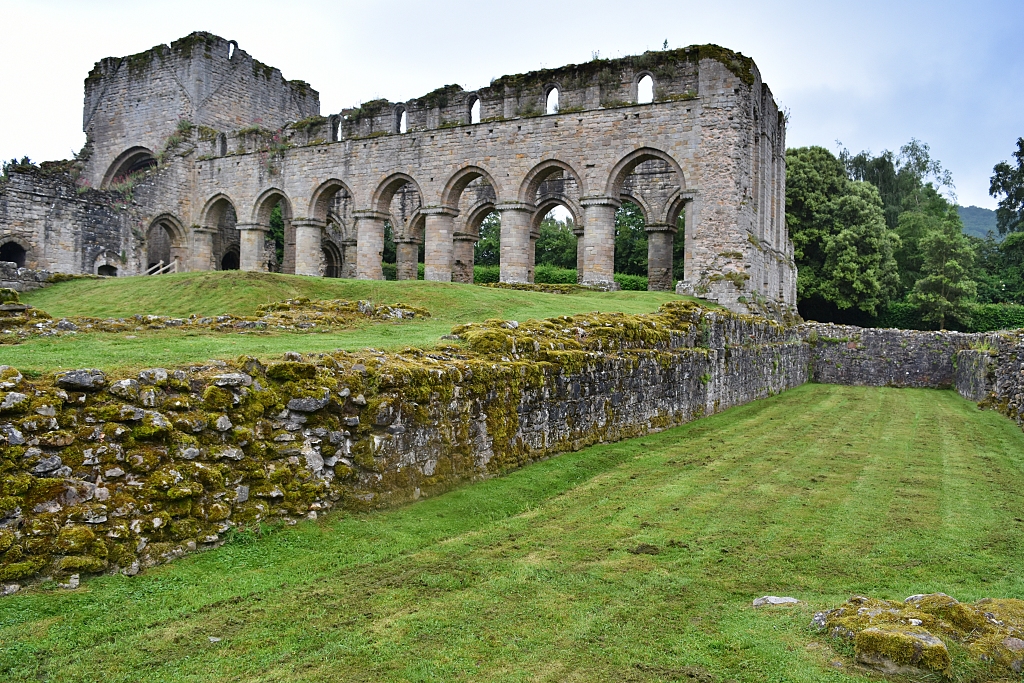 Buildwas Abbey Church from the West Range
Buildwas Abbey Church from the West Range © essentially-england.com
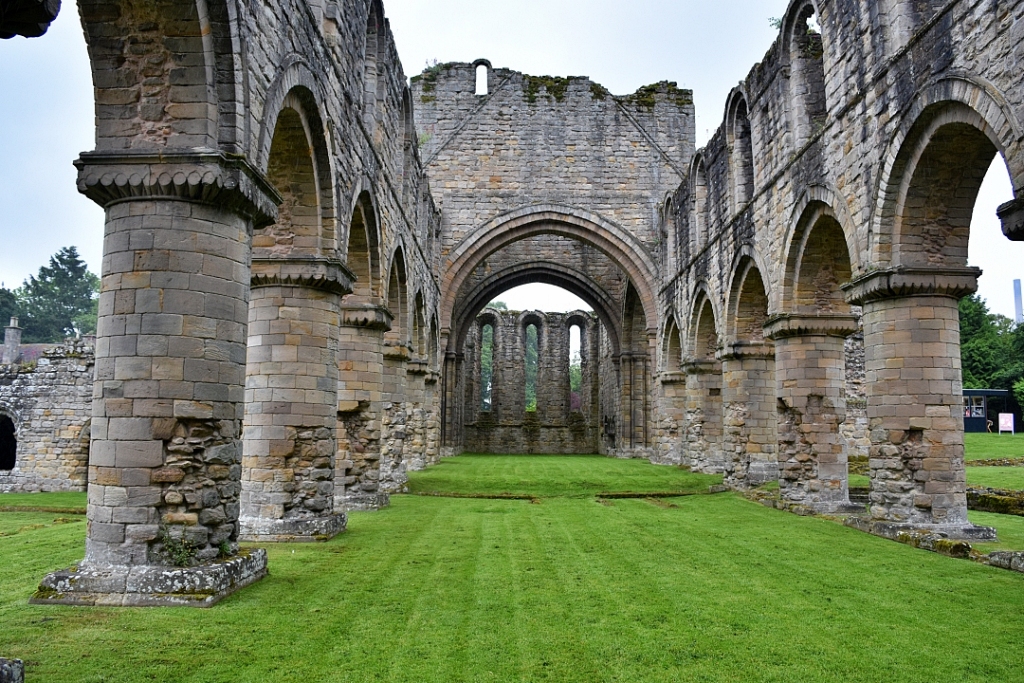 Inside Buildwas Abbey Church
Inside Buildwas Abbey Church © essentially-england.com
Built on the lower side of the abbey site, the west range accommodated the lay brothers, and the drop in ground height would have allowed storage below the ground floor. The building itself would have been two storeys. It was positioned away from the cloister in typical Cistercian fashion, allowing a gap, called a “lane”.
The east range, also a two-storey building, housed the more senior monks, and was probably completed around 1180. Looking across the cloister towards the east range these days, the remains of several rooms can be identified. From left to right, the parlour, the chapter house, and the book room and sacristy.
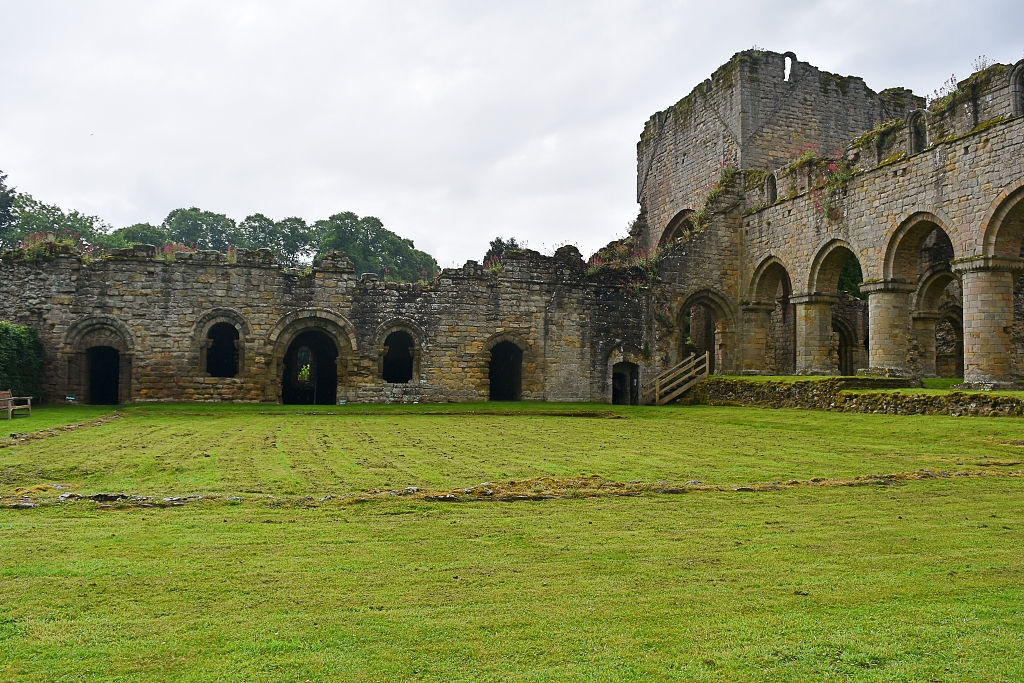 Looking Across the Cloister to the East Range
Looking Across the Cloister to the East Range © essentially-england.com
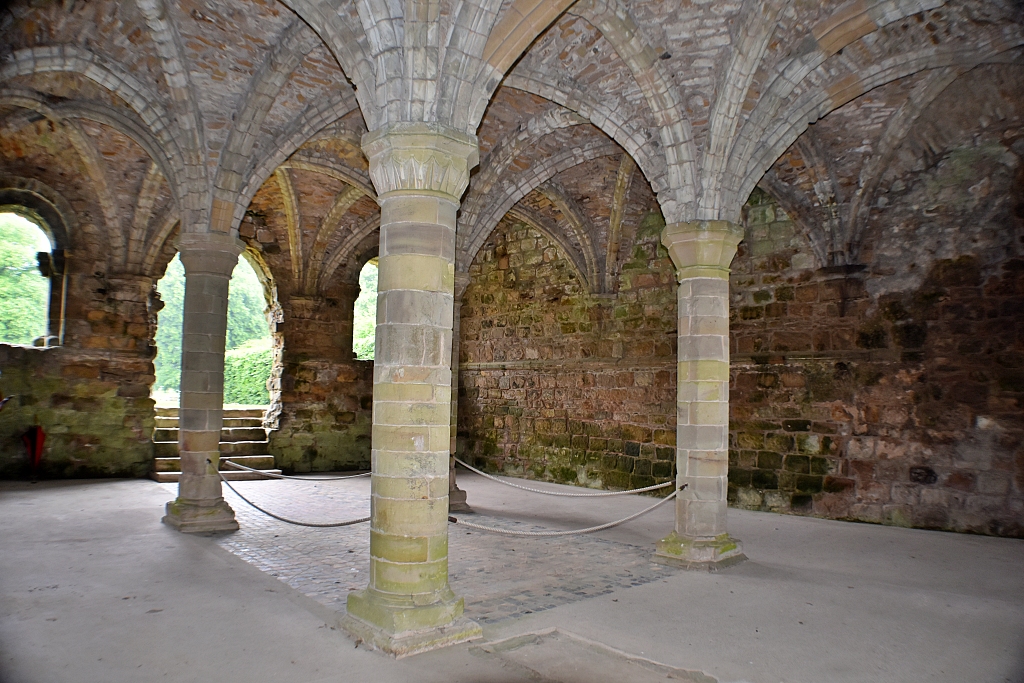 Inside the Chapter House
Inside the Chapter House © essentially-england.com
The chapter house is another notable part of the abbey that is in good condition. It was the place where the monks would meet every morning to review the rules of St. Benedict, discuss abbey business, receive messengers, and deal with all the big and small matters arising in a community.
An impressive doorway leads into this chamber, and we can still enjoy the lovely, vaulted roof that befits a room of such importance.
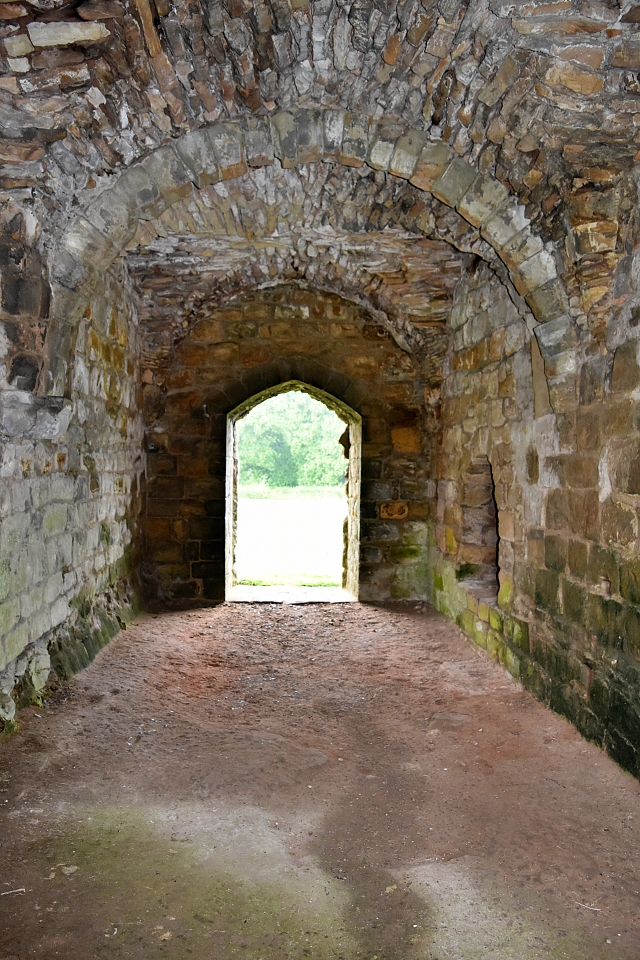 Inside the Book Room & Sacristy
Inside the Book Room & Sacristy © essentially-england.com
Monks who wanted to discuss business matters without breaking the rule of silence used the parlour. The room has a nice, ribbed roof, but is not as grand as the chapter house.
The other room that can be accessed in the east range is the book room and sacristy. This vaulted room would probably have been partitioned, with the book room at the front and the sacristy at the rear. The book room was for storing the abbey's precious books for use in the scriptorium, while the sacristy held the vestments and items used in church services.
Although Buildwas Abbey had a good reputation and continued to prosper, monastic life wasn’t always as peaceful as we might imagine.
In April 1342, Thomas of Tong, one of Buildwas' monks, murdered the abbot. He then escaped from imprisonment and was never seen again.
Like many religious communities in the mid-fourteenth century, Buildwas suffered from poor monastic discipline, and - as if to add insult to injury, in 1344 the abbey was also in debt.
Then, in 1350, the abbey was raided by the Welsh, who stole its treasures took the abbot and monks as prisoners.
By 1377 the abbey had fallen on hard times with only six monks making up its congregation. Four years later, this number had fallen to four.
The Welsh raided again in the early fifteenth century, and during the Wars of the Roses the abbey lost land and had to lease property.
Somehow Buildwas Abbey survived, only to head towards 1536 and the Dissolution of the Monasteries. In July 1537 Sir Edward Grey, Lord Powis, was given the abbey and almost all its land and property in Shropshire, Staffordshire, and Derbyshire.
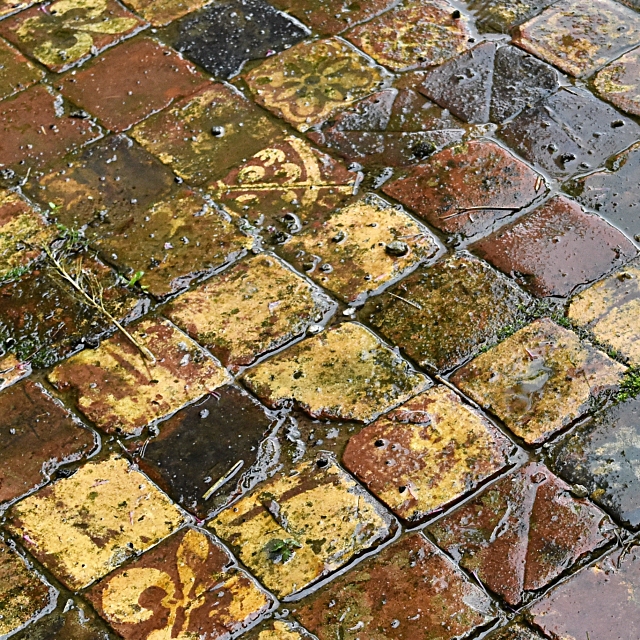 Medieval Tiled Pavement at Buildwas Abbey
Medieval Tiled Pavement at Buildwas Abbey © essentially-england.com
More information on Buildwas Abbey and its opening times can the found on the English Heritage website here. There is also a guidebook which gives more details and history about the abbey and a describes a walking tour around the ruins.
Buildwas Abbey Guidebook
If you enjoy exploring abbey/priory ruins, then this area of Shropshire has four abbeys and a priory within short distance of one another. These are Shrewsbury, Lilleshall, Much Wenlock, Haughmond, and Buildwas. This might make a nice short two day break
.
Are You Planning a Trip to Shropshire?
Shropshire is a marvellous place for history and food lovers! There's so much to see and do and taste, that you'll need more than just a short visit. If food is your thing, head to Ludlow and start exploring from there. For history lovers, Shrewsbury makes a great base with many historical sites in very easy reach.
Where You Could Stay
To see more self-catering cottages in Shropshire click here or check out holiday cottages in other parts of England by clicking here.
If you need to find a hotel, then try one of these search platforms...
More hotel ideas can be found on our Shropshire Hotels page.
What You Could See and Do
Here are a few places that should go on your must-see list:
- Wroxeter Roman City
- Shrewsbury and Shrewsbury Abbey
- Attingham Hall
- Offa's Dyke
- Ironbridge Gorge, Ironbridge & Broseley Jitties
- Coalbrookdale Museum of Iron
- Jackfield Tile Museum and the Tar Tunnel
- Blists Hill Victorian Town - a fantastic living museum
- Ludlow Castle
- Stokesay Castle
Click here for a great list of things to do in Shropshire.
If you have enjoyed reading about Buildwas Abbey and are looking for other ideas for days out, then please click here to explore our Shropshire page.
